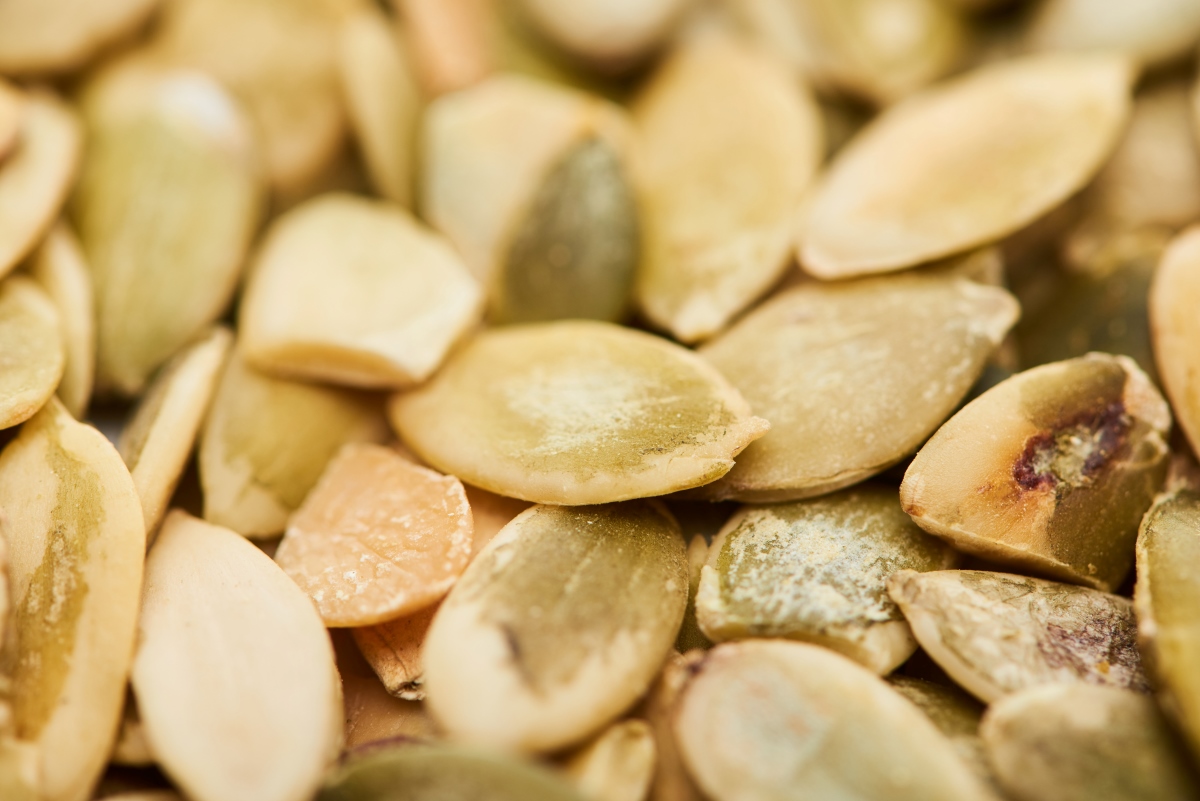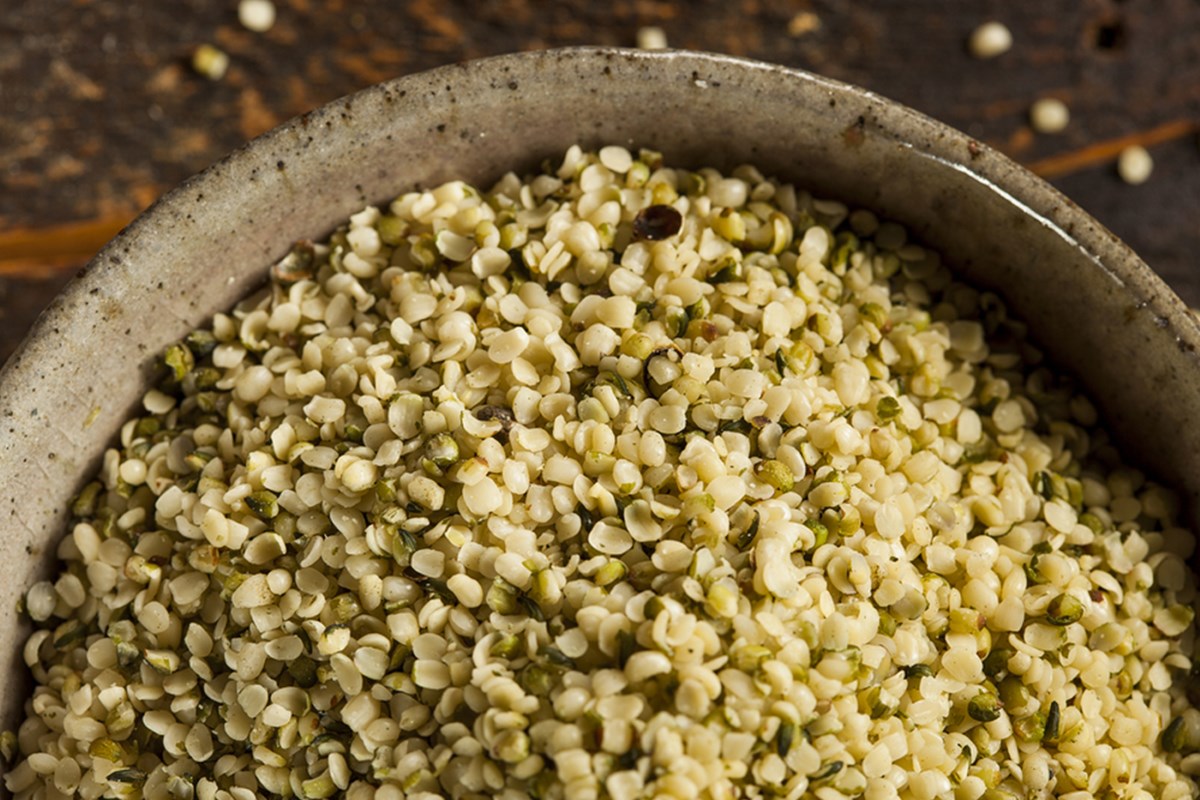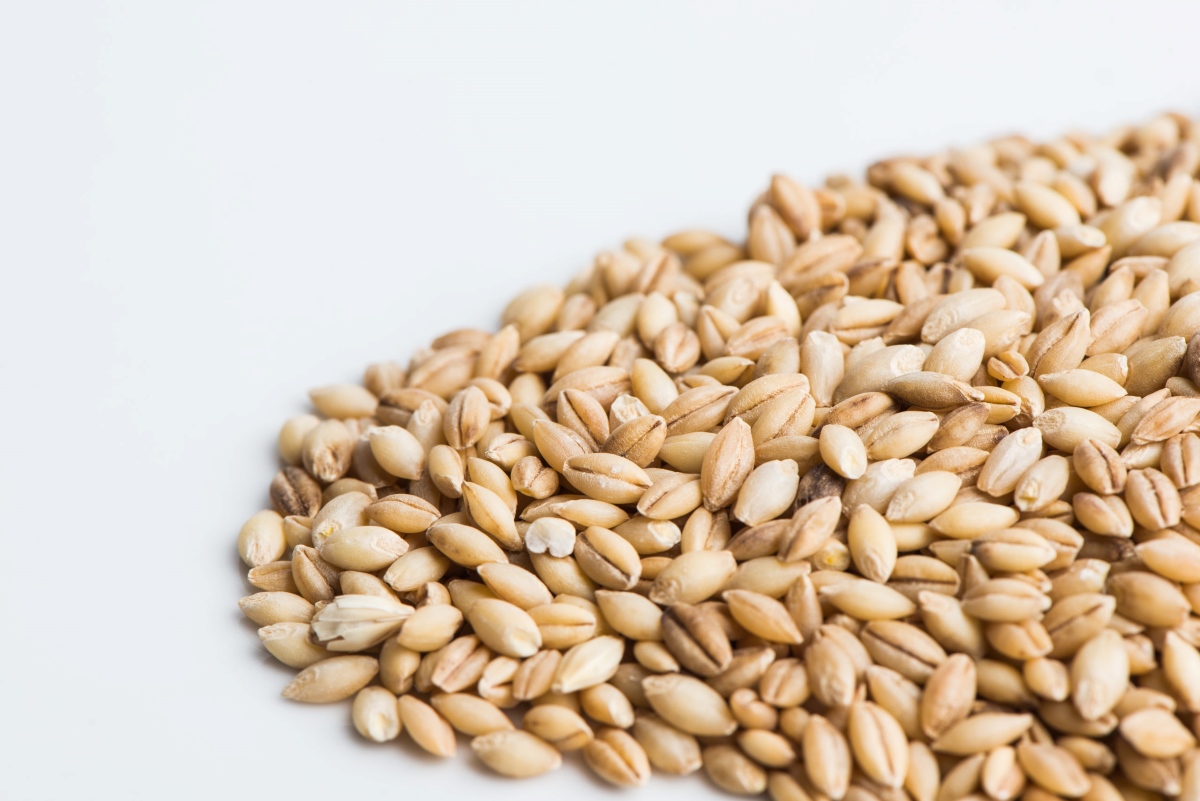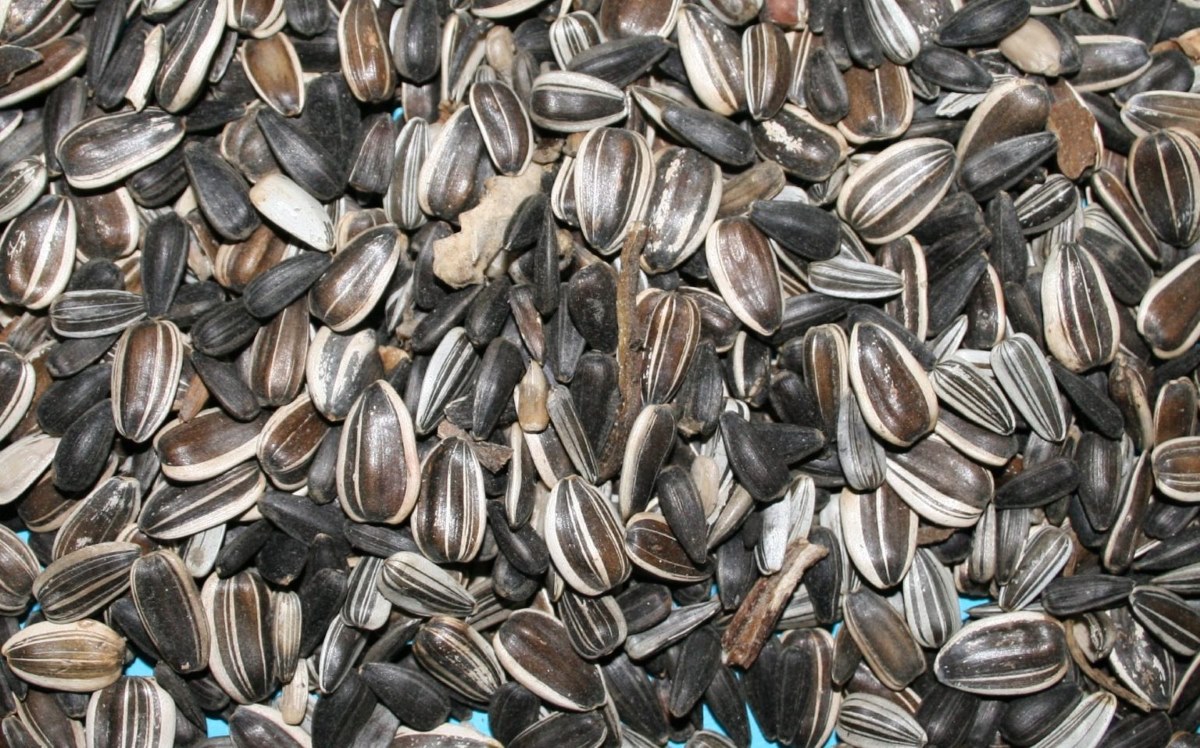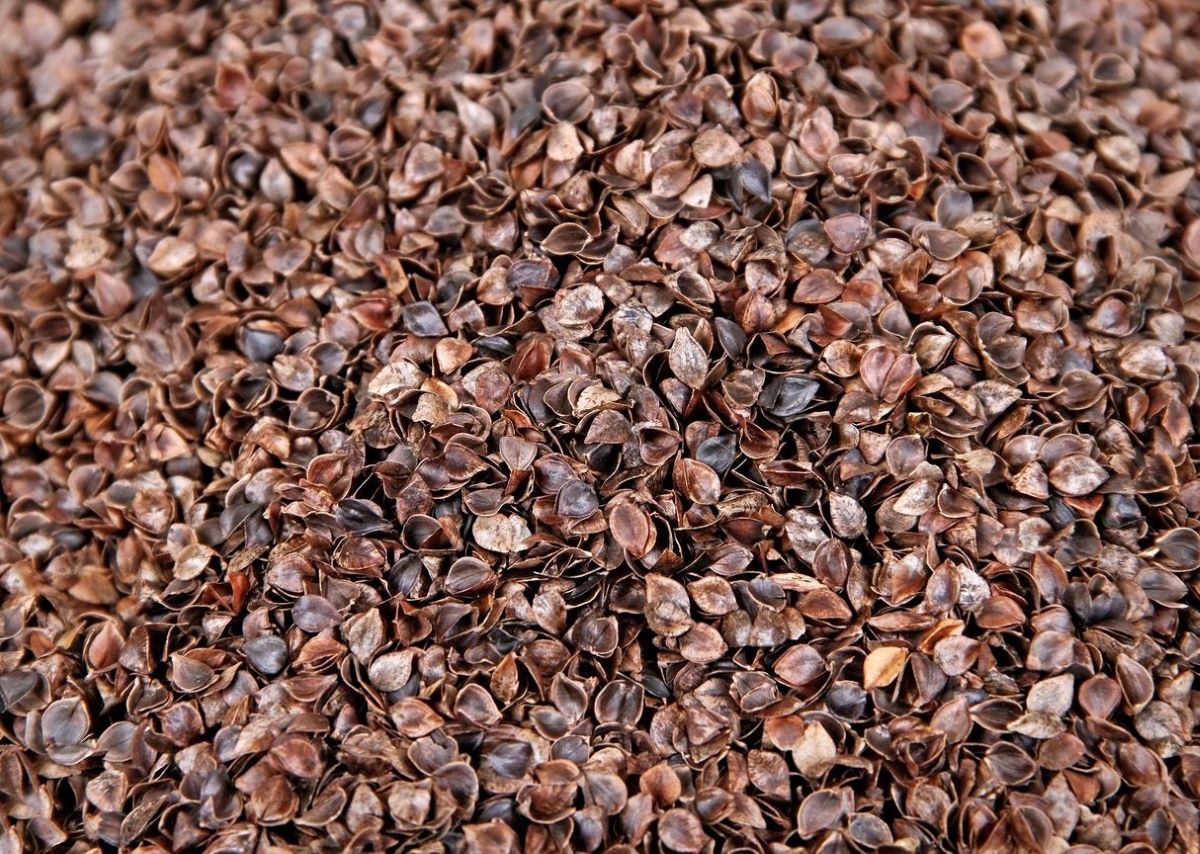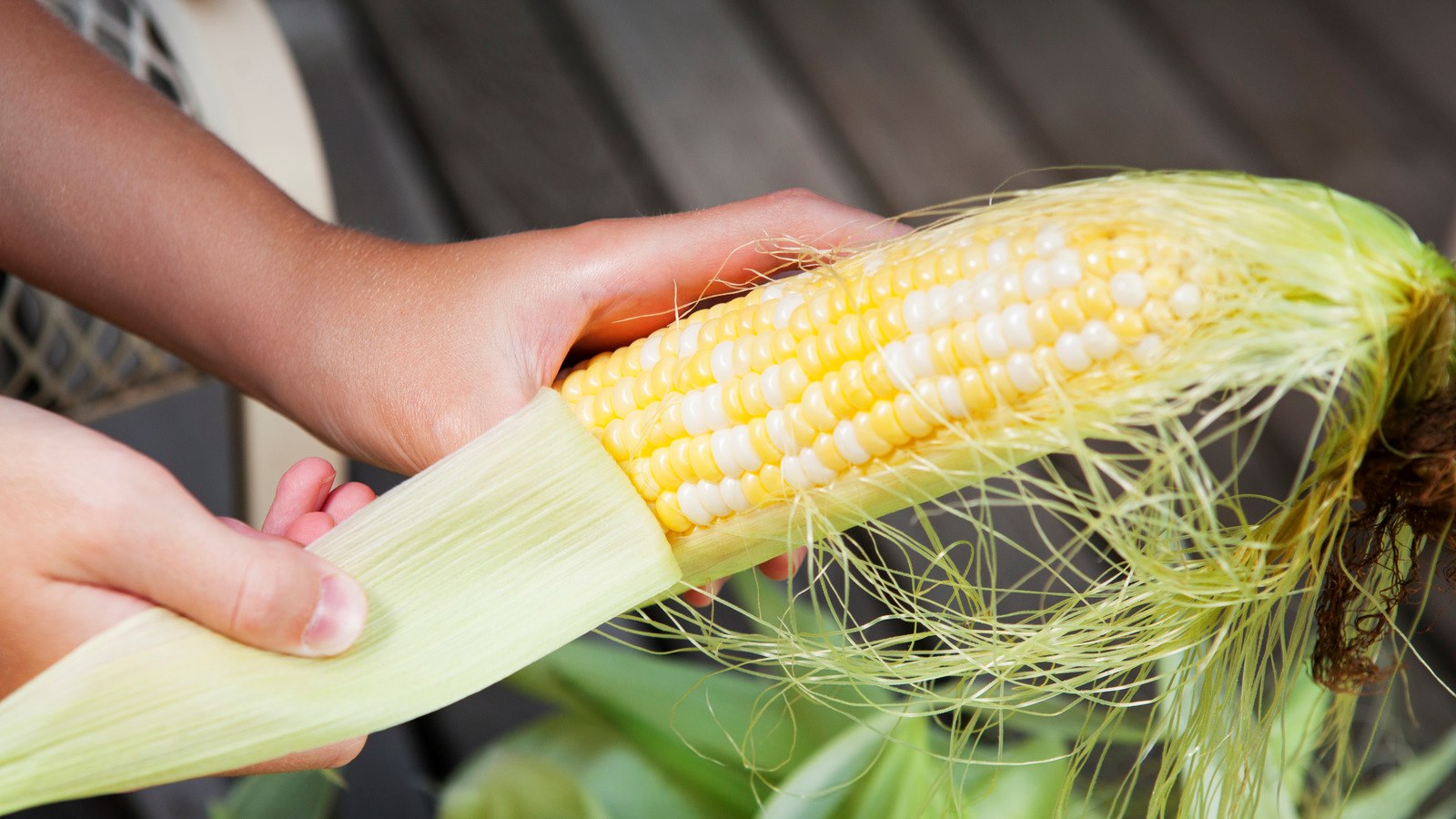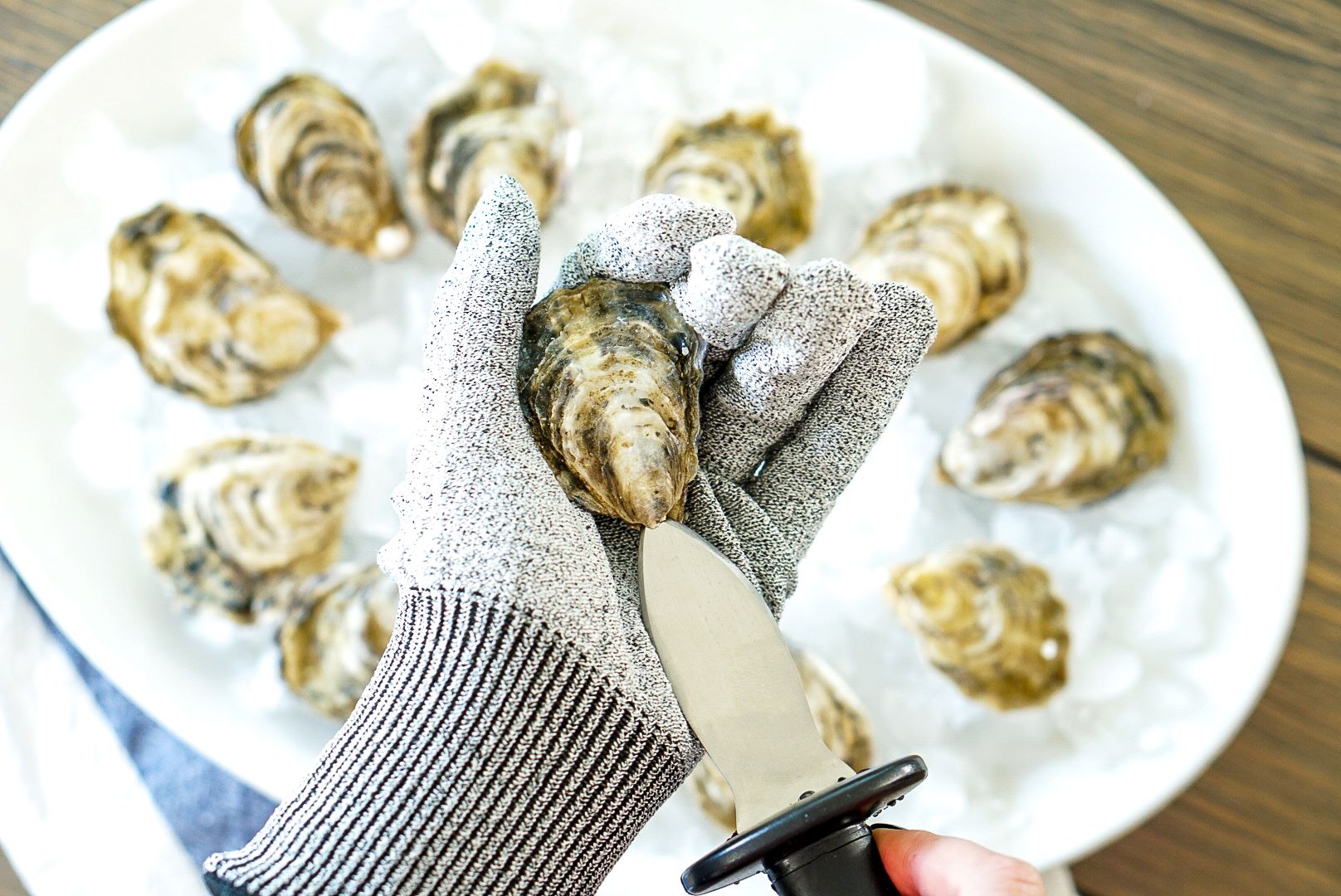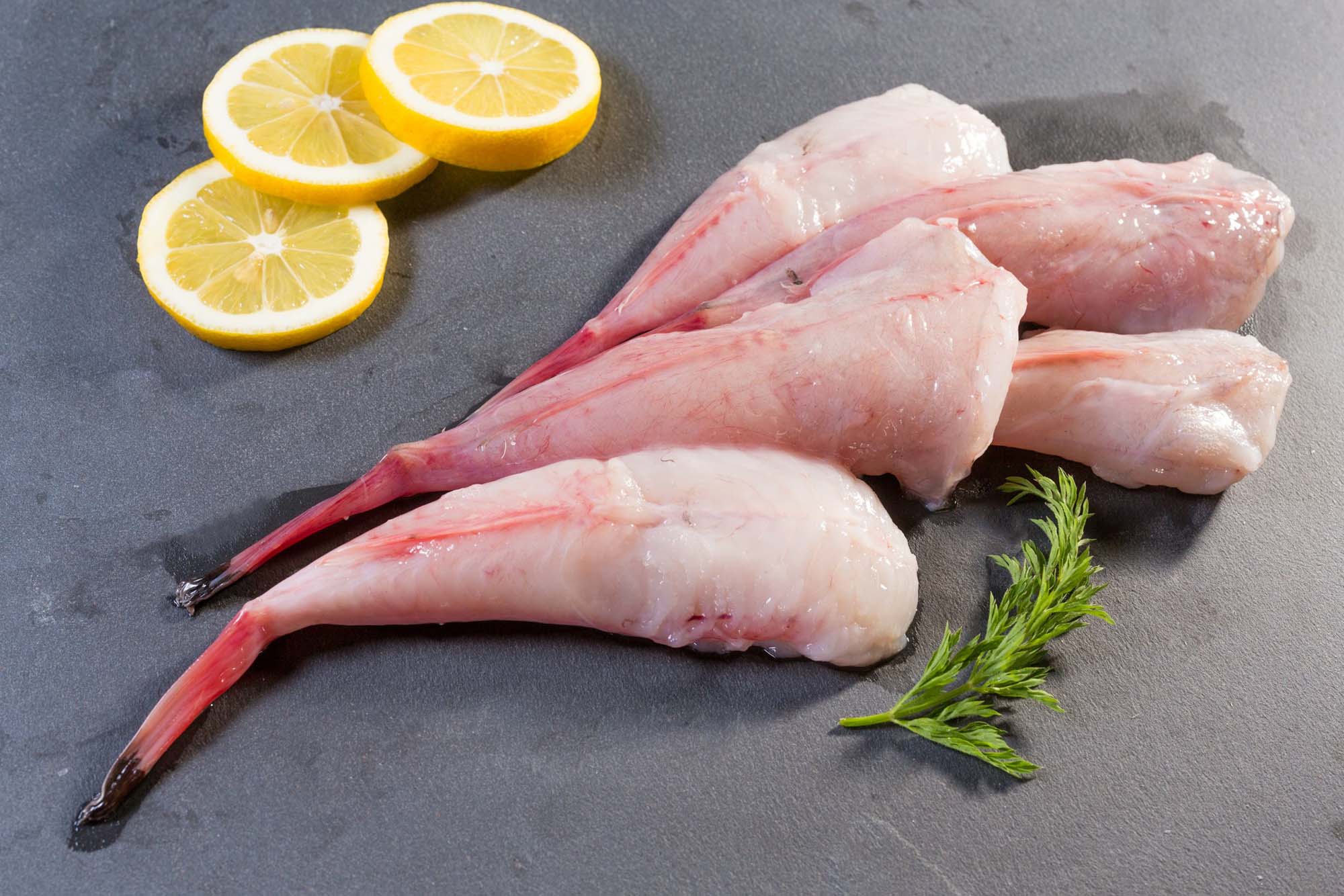Easy Steps to Hull Millet at Home
If you’re a fan of millet or looking to incorporate this nutritious grain into your diet, hulling millet at home can be a great way to ensure its freshness and quality. Hulling, or removing the outer husk of millet, is a simple process that can be done with just a few basic tools. In this guide, we’ll walk you through the easy steps to hull millet at home, so you can enjoy this versatile grain in your favorite dishes.
What You’ll Need
Before you get started, gather the following items:
- Raw millet
- Bowl
- Colander
- Fine mesh strainer
- Blender or food processor
- Large, shallow pan
- Rolling pin or flat-bottomed glass
Step 1: Sorting the Millet
Start by examining the raw millet and removing any debris or discolored grains. Place the millet in a bowl and cover it with water. Swirl the millet around with your hand and then pour off the water, using a colander to catch the millet. Repeat this process a few times until the water runs clear. This will help remove any impurities and ensure that you’re hulling clean millet.
Step 2: Dry and Toast the Millet
After rinsing, spread the millet out on a clean kitchen towel or paper towels to dry. Once the millet is dry, transfer it to a large, shallow pan and toast it over medium heat for a few minutes. Stir the millet frequently to prevent burning and continue toasting until it becomes fragrant and lightly golden. This step not only enhances the flavor of the millet but also makes the hulls easier to remove.
Step 3: Hulling the Millet
Once the millet is toasted, transfer it to a blender or food processor. Pulse the millet in short bursts until the outer hulls are broken into small pieces. Be careful not to over-process the millet, as this can turn it into flour. After pulsing, transfer the millet to a fine mesh strainer and shake it gently to remove the hull fragments. You may need to repeat this process a few times to remove all the hulls.
Step 4: Final Cleaning
After hulling, spread the millet out on a clean surface and pick out any remaining hull pieces by hand. You can also use a rolling pin or flat-bottomed glass to gently roll over the millet, helping to dislodge any stubborn hulls. Once you’ve removed as many hulls as possible, your millet is ready to use in your favorite recipes.
Enjoy Your Freshly Hull Millet
Now that you’ve hulled the millet at home, you can use it to prepare delicious dishes like pilafs, salads, porridge, and more. Store any unused hulled millet in an airtight container in a cool, dry place to maintain its freshness.
By hulling millet at home, you can ensure that you’re using the highest quality grain in your cooking and enjoy the satisfaction of preparing it yourself. So, why not give it a try and elevate your culinary creations with freshly hulled millet?
Happy hulling!
For those keen on using freshly hulled millet in their cooking, there are several delicious recipes to explore. The Millet Pilaf with Vegetables Recipe offers a savory and nutritious option, perfect for a hearty meal. For a refreshing and protein-packed dish, try the Millet and Chickpea Salad Recipe. If you're looking for a warm breakfast option, the Millet Breakfast Porridge Recipe is a comforting start to the day. For those who enjoy risotto, the Millet and Mushroom Risotto Recipe provides a delightful twist using millet. Each of these recipes showcases the versatility of millet and makes great use of your freshly hulled grains.
Was this page helpful?
Read Next: How To Hull Sesame Seeds
